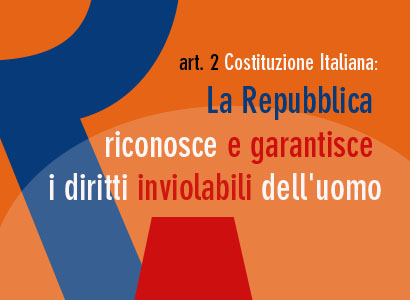Trafficking in human beings was internationally defined in 2000, by one of the three United Nations Convention Protocols against Transnational organized crime, The Palermo Protocol and more specifically its additional protocol on trafficking in human beings.
Article 3 of the Protocol defines trafficking as follows:
“(a) “Trafficking in persons” indicates recruitment, transportation, transfer, harbouring or receipt of persons, by means of threat or use of force or other forms of coercion, abduction, fraud, deception, abuse of power, position of vulnerability, giving or receiving payments, benefits to achieve the consent of a person having control over another person for the purpose of exploitation. Exploitation includes minimally, the exploitation on prostitution of others or other forms of sexual exploitation, forced labour or services, slavery or practices similar to slavery, servitude, the removal of organs;
(b) The consent of a victim of trafficking in persons referred to as exploitation in subparagraph (a) of this article becomes irrelevant when any of the means set forth in subparagraph (a) have been used;
(c)The recruitment, transportation, transfer, harbouring or receipt of a child for the purpose of exploitation shall be considered “trafficking in persons” even if this does not involve any of the means set forth in subparagraph;
(d) “Child” means any person under eighteen years of age.

